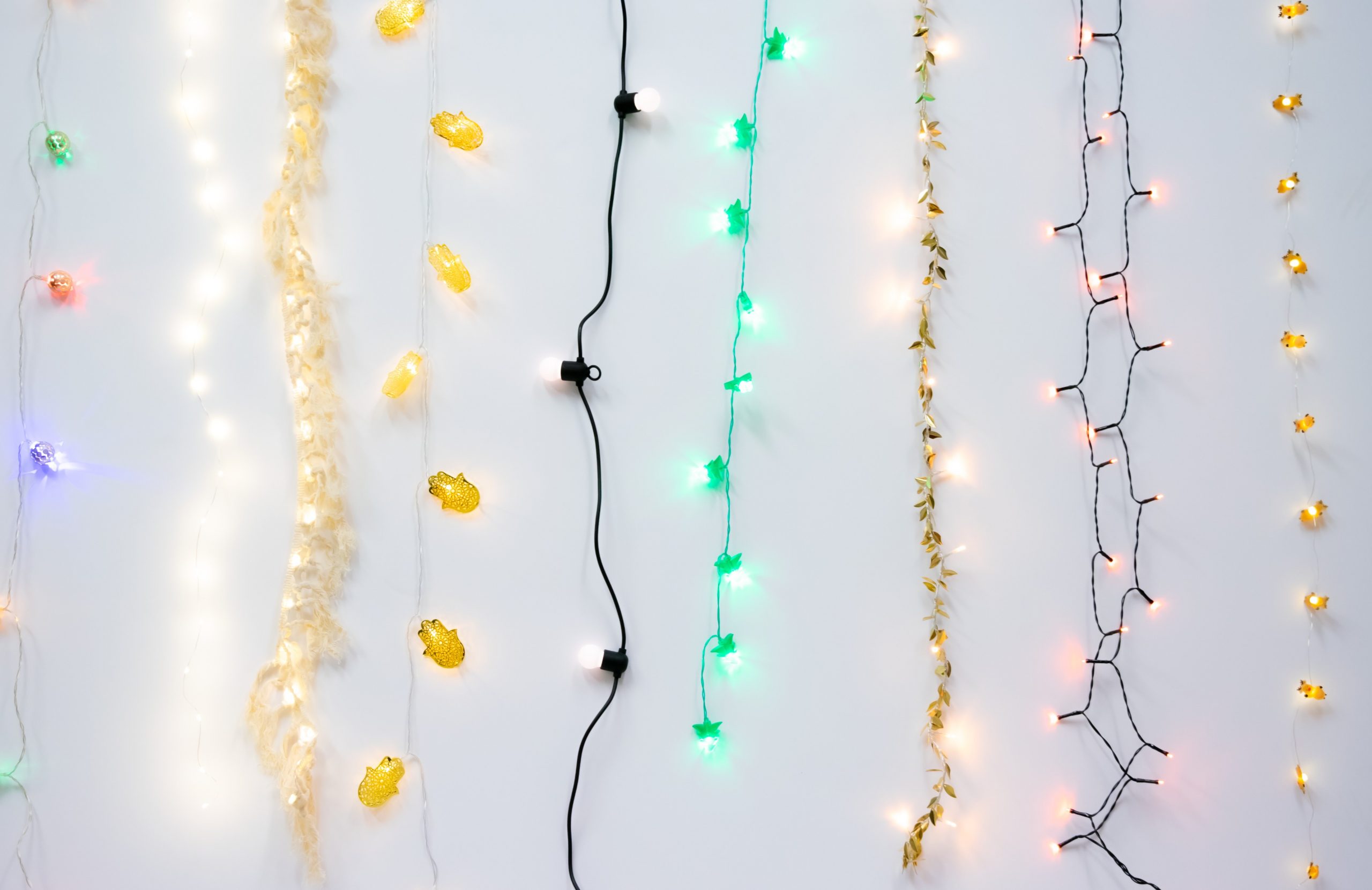Hazardous chemicals in fairy lights

Christmas time: streets, shops, and homes have been decorated with fairy lights, but the festive glow can be misleading. In Austria, the environmental protection organization GLOBAL 2000 has tested sets of fairy lights for hazardous chemicals.
Two products illegally on the market
An independent accredited laboratory analysed eleven sets of fairy lights for specific hazardous substances such as plasticizers, heavy metals, or chlorinated paraffins. Such substances were found in more than half the fairy light chains purchased from seven different stores. Two of the products should not even have been on sale because they contained the plasticizer DEHP, which has been restricted
in almost all everyday products for more than two years. DEHP can disrupt the sexual maturation of children and is held partly responsible for the observed decline in male fertility.
These results are particularly alarming because DEHP is hormonally active and even very small amounts may cause great harm. In addition, such plasticizers are volatile and can leach out of the products very easily. They enter our body when we touch them or when we inhale.
Chemical check via app
The analysed substances are classified as substances of very high concern (SVHCs) according to the EU chemicals legislation REACH. Many SVHCs are still allowed in products although their harmful effects on humans and the environment are already known. It is also problematic that consumers have no way of recognizing these chemicals in the products they are thinking of buying.
With Scan4Chem, product barcodes can be scanned to access SVHC information from the AskREACH database. If there is not yet an entry for the article,a “ready to go” request can be sent directly to the producer and/or retailer. As they receive more SVHC requests, companies are coming to realize that it is increasingly important for consumers to know whether the products in our stores are safe. Ultimately, the goal is to achieve substitution of SVHCs in all articles. LIFE AskREACH is also working together with companies, supporting them with fulfilling their SVHC-related duties and with their supply chain communications.



